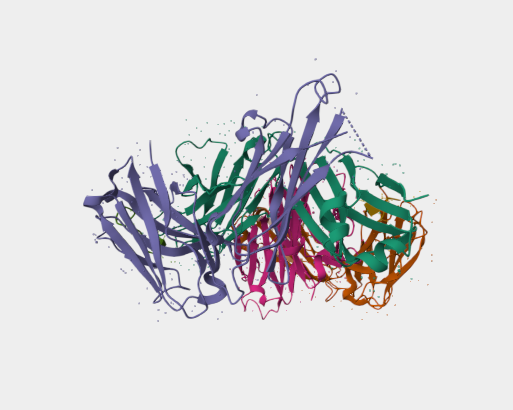Key features and details | |
Cat. No. | MABL-3426 |
Name | Anti-Podoplanin (MAP tag) mAbs [PMab-1](MABL-3426) |
Clone No. | PMab-1 |
From | Recombinant Antibody |
Isotype | Engineer antibody |
Application | epitope tag, FACS, WB, Block, ELISA, FC, IHC |
Species Reactivity | Mouse |
Basic Information | |
Specificity | This antibody is specific for amino acids 38-51 (GDGMVPPGIEDKIT) of the platelet-aggregation- stimulating (PLAG) domain of mouse podoplanin (PDPN). This antibody, therefore, possesses high affinity and specificity for the MAP epitope tag (GDGMVPPGIEDK), which is derived from the PLAG domain of murine podoplanin. PDPN is a type I transmembrane protein that interacts with the platelet receptor C-type lectin- like receptor-2 (CLEC-2). PDPN is expressed by a wide variety of cells, including podocytes, lymphatic endothelial cells and type I alveolar cells. PDPN is also upregulated on certain cancer cells, where it mediates tumour-induced platelet aggregation by binding to CLEC-2 on platelets. Chihara (2018) associated Podoplanin with a co-inhibitory receptor in T-cell activation along with PD-1, TIM-3, LAG-3 and TIGIT. |
Alternative Name | PDPN; Aggrus; Glycoprotein 38; Gp38; OTS-8; Ots8; PA2.26 antigen; T1- alpha; T1A; Transmembrane glycoprotein E11 |
UniProt | Q62011 |
Immunogen | This antibody was raised by immunising rats with 14-residue synthetic peptide mpp3851, which corresponds to amino acids 38-51 (GDGMVPPGIEDKIT) of the platelet-aggregation-stimulating (PLAG) domain of mouse podoplanin. Spleen cells were then harvested, and fused to P3U1 cells to generate stable hybridomas. |
Application Notes | This antibody binds to the PLAG domain of murine PDPN and is, therefore, able to block its interaction with C-type lectin-like receptor-2 (CLEC-2) (Yamada, 2017). This has a number of potential therapeutic applications, including the suppression of lymphangiogenesis and inflammatory macrophage infiltration at the site of wound healing in mouse corneal suture and ear section models (Maruyama et al, 2014), as well as suppression of transplant rejection. This antibody possesses high affinity and specificity for the MAP epitope tag (GDGMVPPGIEDK), and can, therefore, be used to detect and purify tagged proteins in a range of assay formats (Fujii et al, 2016). PMab-1 performs well in immunohistochemical analysis, and has been used to stain the mouse melanoma B16-F10 and mouse podoplanin-expressing CHO transfectants (Kaji et al, 2012). The use of this antibody in immunostaining of somatic tissues, including mouse lung lymphatic vessels, kidney glomeruli, pulmonary alveoli, pulmonary pleura and salivary gland myoepithelial cells, has been successfully performed on both paraffin-embedded sections and frozen sections (Kaji et al, 2012). |
Antibody First Published | Kaji et al Immunohistochemical Examination of Novel Rat Monoclonal Antibodies against Mouse and Human Podoplanin Acta Histochem. Cytochem. 45 (4): 227–237, 2012. doi:10.1267/ahc.12008 PMID:23012488 |
Note on publication | Describes the original generation and characterisation of this antibody. |
COA Information (For reference only, actual COA shall prevail) | |
Size | 100 μg Purified antibody. |
Concentration | 1 mg/ml. |
Purification | Protein A affinity purified |
Buffer | PBS with 0.02% Proclin 300. |
Concentration | 1 mg/ml. |
Storage Recommendation | Store at 4⁰C for up to 3 months. For longer storage, aliquot and store at - 20⁰C. |



